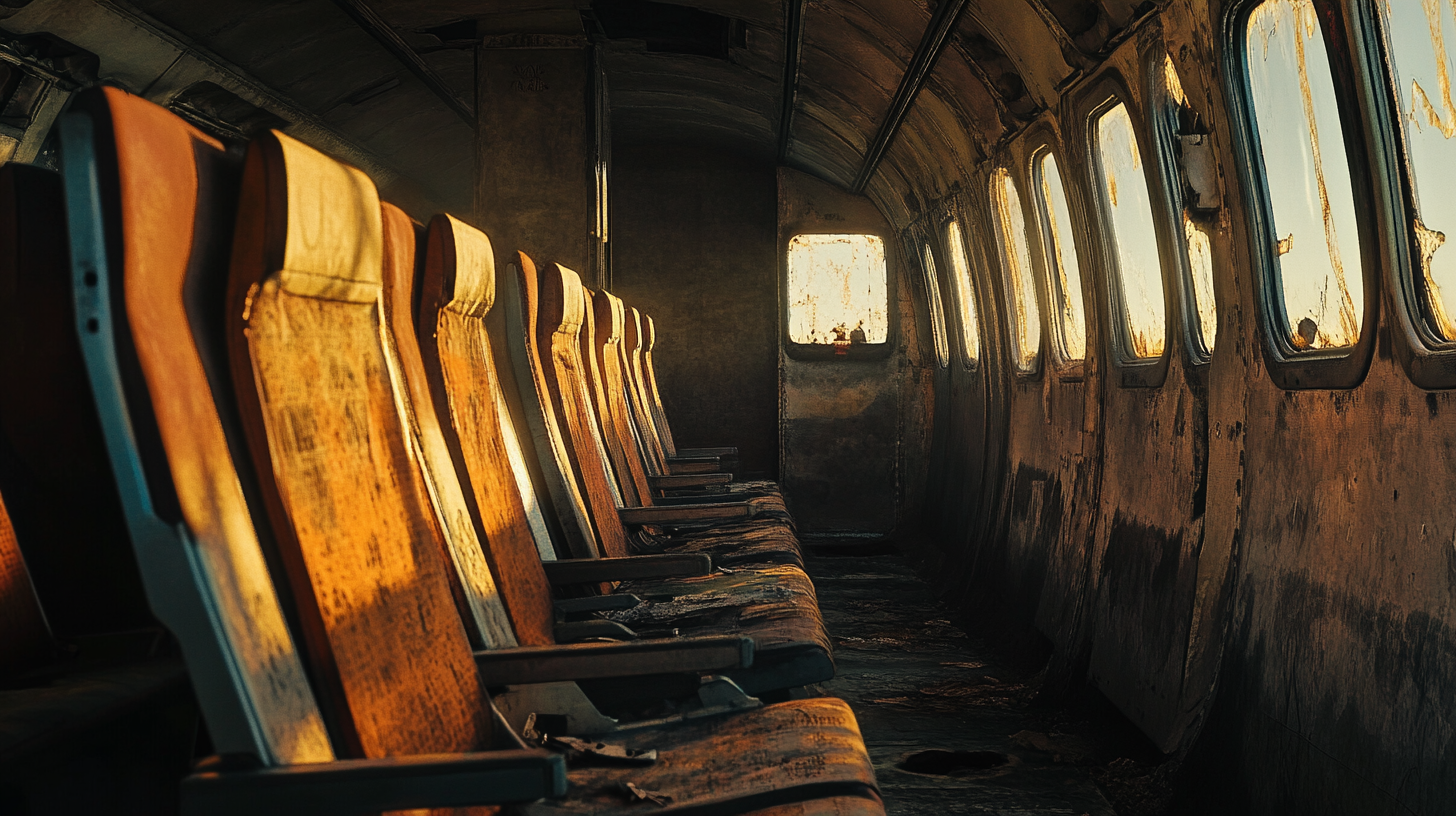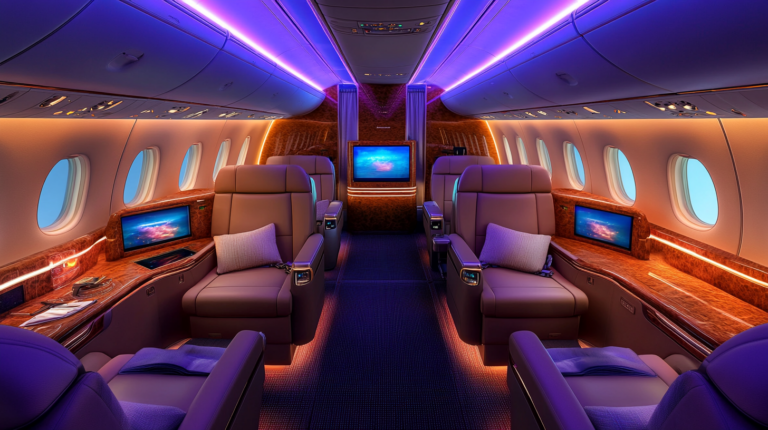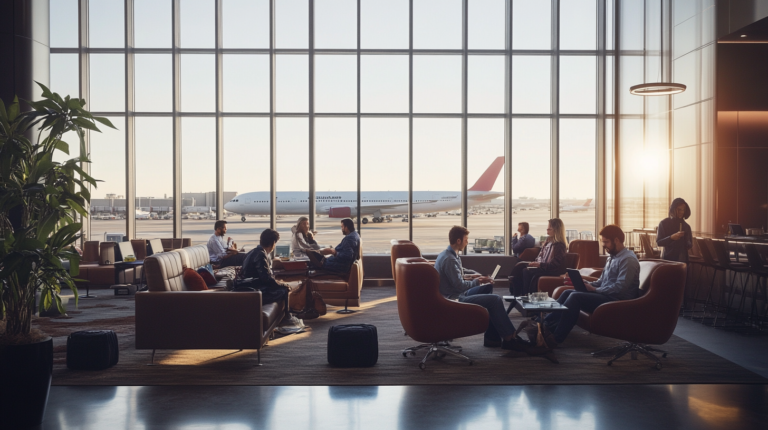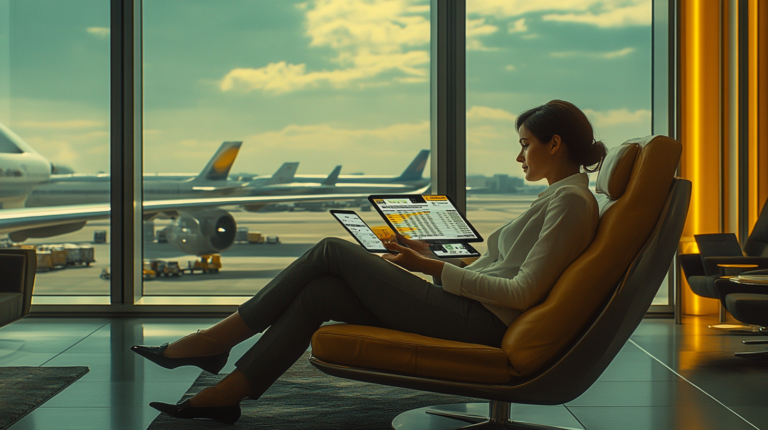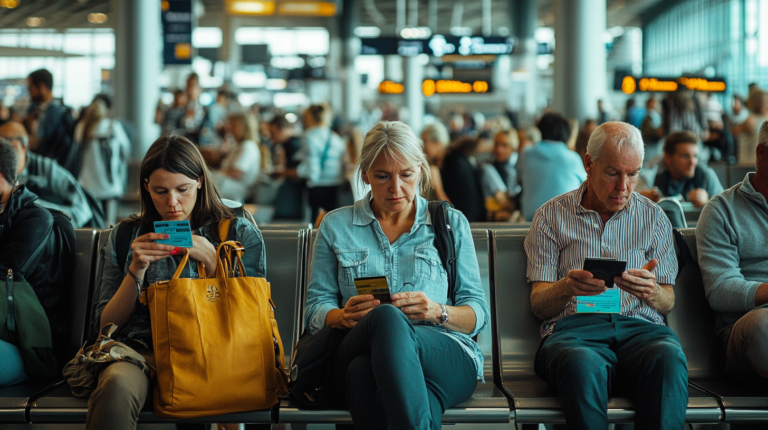Seats Frequent Flyers Might Want to Skip
Rising turbulence, new fees for preferred seating, and the push for overhead bin space all highlight just how crucial it is to choose the right airplane seat. Some airlines have begun charging extra for prime spots—and even Southwest is exploring assigned seating—making it more important than ever to pick a seat that aligns with your comfort priorities. I’ve come across plenty of stories (and lived a few myself) where a seat choice turned a promising trip into a cramped challenge. Here’s a deeper dive into seats that many flyers consider the least appealing.
1. The Back Row Blues
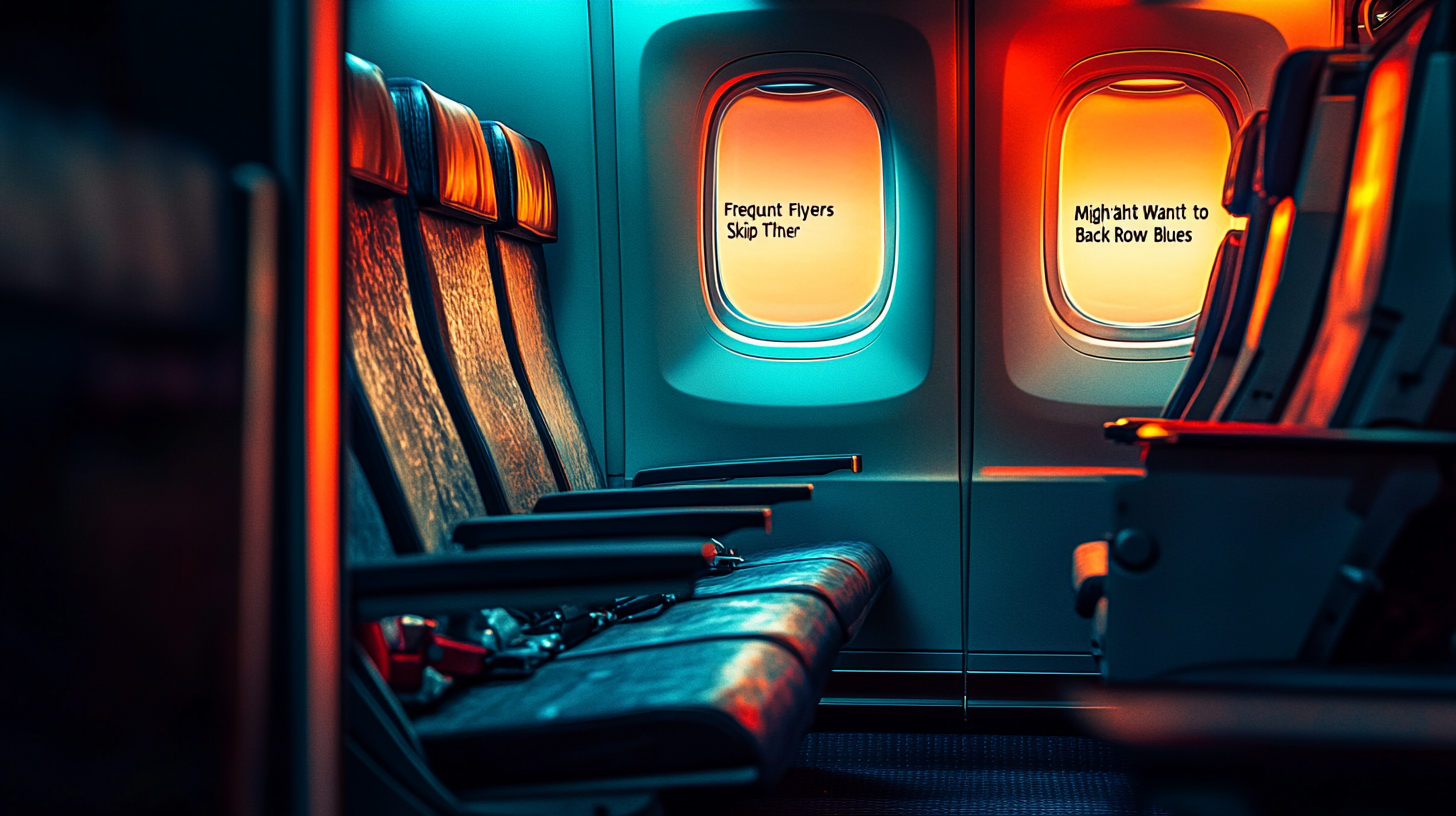
The back of the plane often gets a bad reputation for several reasons. Seats here may have limited recline due to the wall behind them, and proximity to the galley can mean more chatter from flight attendants. While some data suggests back seats might boost survivability in the rare event of a crash, travelers in these rows often endure additional turbulence and face last-in-line deplaning.
In my own journeys, I’ve noticed that the back rows are often chosen by larger groups or families hoping to keep young kids contained. That can translate to more commotion, which isn’t ideal if you’re hoping for a peaceful nap. According to a 2024 passenger comfort survey by the Global Travel Alliance, nearly 60% of travelers reported increased noise levels in rear seats, citing clanging doors and galley traffic as top disruptors.
Back row seats can sometimes be less expensive, making them tempting for budget-conscious flyers. But if you value a quick departure upon landing, you might want to weigh the cost savings against the extra time you’ll spend waiting to exit the aircraft. If you do end up here, I recommend bringing noise-cancelling headphones and planning a small stretch break mid-flight to counter the extra turbulence commonly felt at the rear.
2. The Middle Seat Squeeze
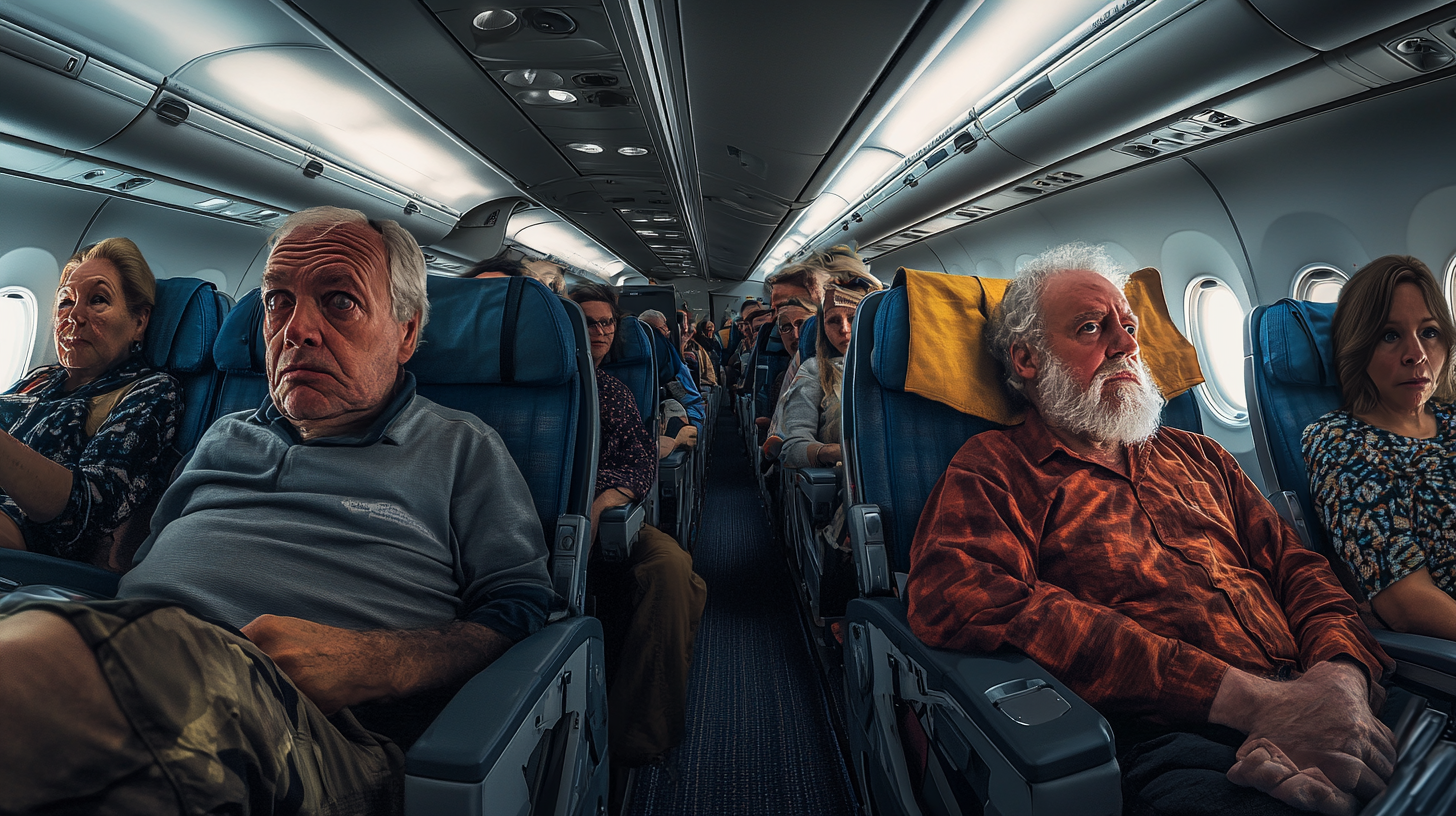
Widely regarded as the least desirable option, middle seats offer minimal personal space and no direct window or aisle access. This can be especially uncomfortable for long-haul flights, leaving passengers feeling boxed in and unable to move freely without disturbing neighbors.
I’ve found that carrying only a streamlined personal item helps minimize the claustrophobic feeling of that middle seat. If you’re inflight with a bulky backpack or large laptop bag, it can quickly encroach upon your already narrow space. A 2023 study published by the Aviation Health Institute noted that middle-seat passengers were 40% more likely to report shoulder discomfort than those seated on the aisle.
To cope, I sometimes choose an overnight flight to maximize sleep time and reduce the need to get up. Additionally, politely negotiating armrest usage with your neighbors can go a long way toward improving the experience. If you’re on good terms with your row-mates, striking up a friendly conversation to agree on armrest boundaries often helps everyone feel more at ease.
3. The Toilet-Side Tangle
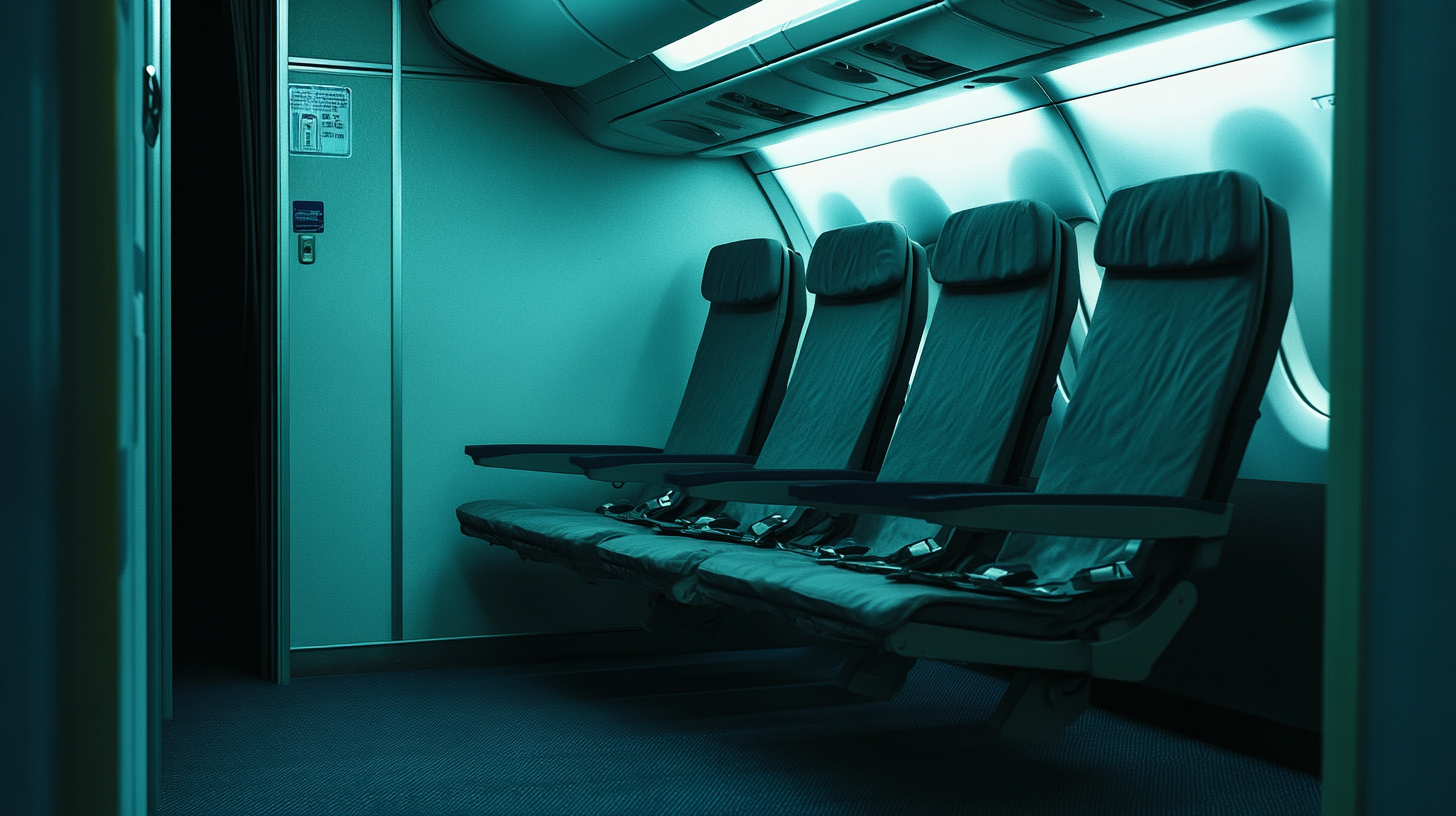
Seats near the lavatories not only suffer from constant foot traffic and occasional odors but also invite lines of waiting passengers. The disturbance can be frequent, making it hard to enjoy a quiet rest or work session. Plus, these seats may face missing windows or limited recline, intensifying the discomfort.
In one of my more memorable flights, the line for the lavatory practically formed a chatty gathering spot right beside my seat. If you’re trying to get work done or grab some shut-eye, it can be downright impossible with people lingering at your elbow. Industry data from 2022 shows that lavatory-adjacent seats rank among the top three most complained-about seat assignments, confirming what many of us have experienced firsthand.
If you do find yourself in this spot, I advise planning around the cabin traffic flow. Try napping when the seatbelt sign is on—when fewer people are up and about—or timing your own restroom breaks to avoid the biggest rushes. Having earplugs or a white-noise app can also help drown out the constant bustle near the lavatories.
4. Bulkhead Drawbacks
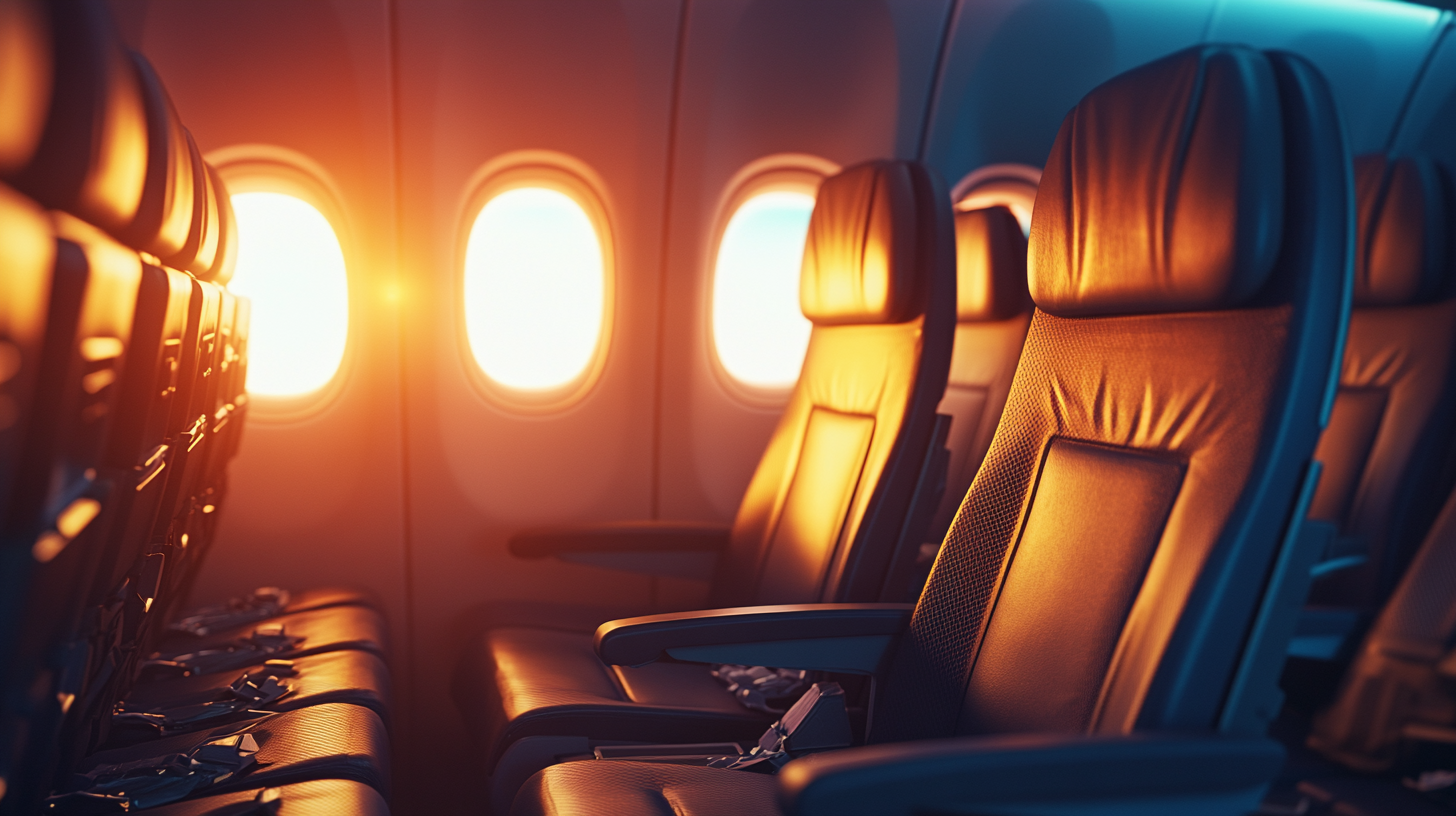
While bulkhead rows can promise extra legroom, they also lack under-seat storage for personal items. The built-in tray table can reduce seat width, and there’s often less flexibility for adjusting belongings during flight. Passengers in these seats are also usually the ones traveling with small children or those who need bassinets, leading to more commotion.
From my experience, having all your bags in the overhead bin quickly becomes tedious if you need regular access to items mid-flight. If you plan to take advantage of the extra legroom, just remember you’ll be required to store everything above. According to a 2023 airline operations report, flight attendants are more likely to strictly enforce the “nothing on the floor” rule in bulkhead rows, especially during takeoff and landing.
That said, these seats can be a godsend if you crave the extra space to stretch your legs. Just keep in mind that if you like to keep a water bottle, reading material, or device handy, you’ll need to plan ahead. I usually keep a small pouch with my essentials (headphones, phone, and lip balm) so I can grab it from the overhead bin and tuck it by my side before getting comfortable.
5. The Window Dilemma
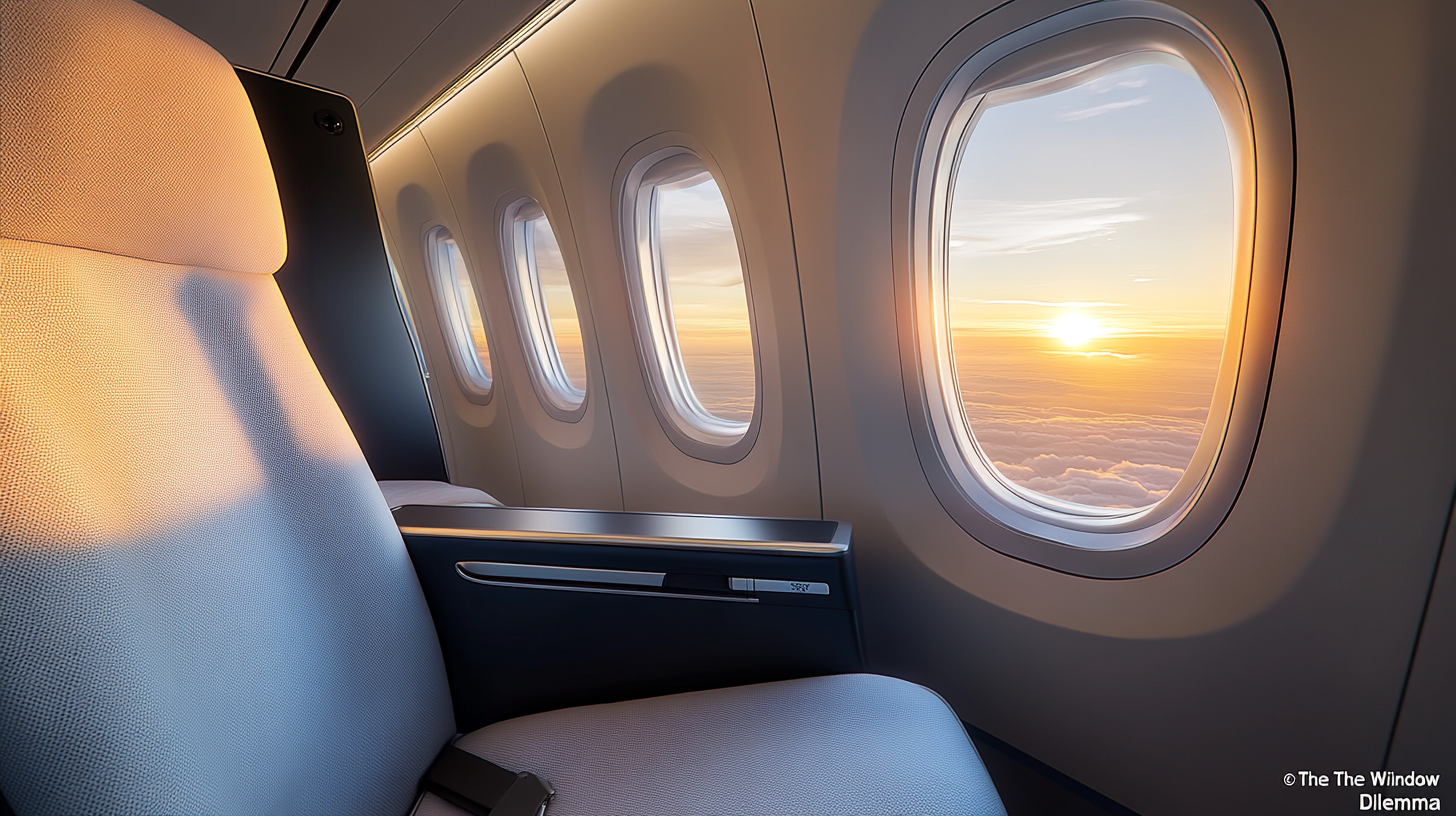
Though window seats offer scenery and a cozy nook, travelers on longer flights risk sitting still too long. Experts warn that staying immobile increases the chances of deep vein thrombosis (DVT), especially on flights over six hours. Moving around or doing simple leg exercises can help, so some passengers prefer an aisle seat to easily get up and stretch.
I’ve learned the hard way that if you’re prone to cramps or restlessness, a window seat can feel confining on extended journeys. A 2024 medical travel advisory issued by the World Aviation Health Board reinforced the recommendation to periodically move around the cabin, noting that passengers who remain seated for the entire flight raise their DVT risk considerably.
Of course, if you love gazing out at the clouds—or you want an easy headrest for sleeping—window seats can be fantastic. Just have a plan in place for stretching those legs. I often aim to get an aisle seat on flights over eight hours, but if a window seat is my only option, I set an alarm for hourly stretches or walk breaks.
The Bottom Line
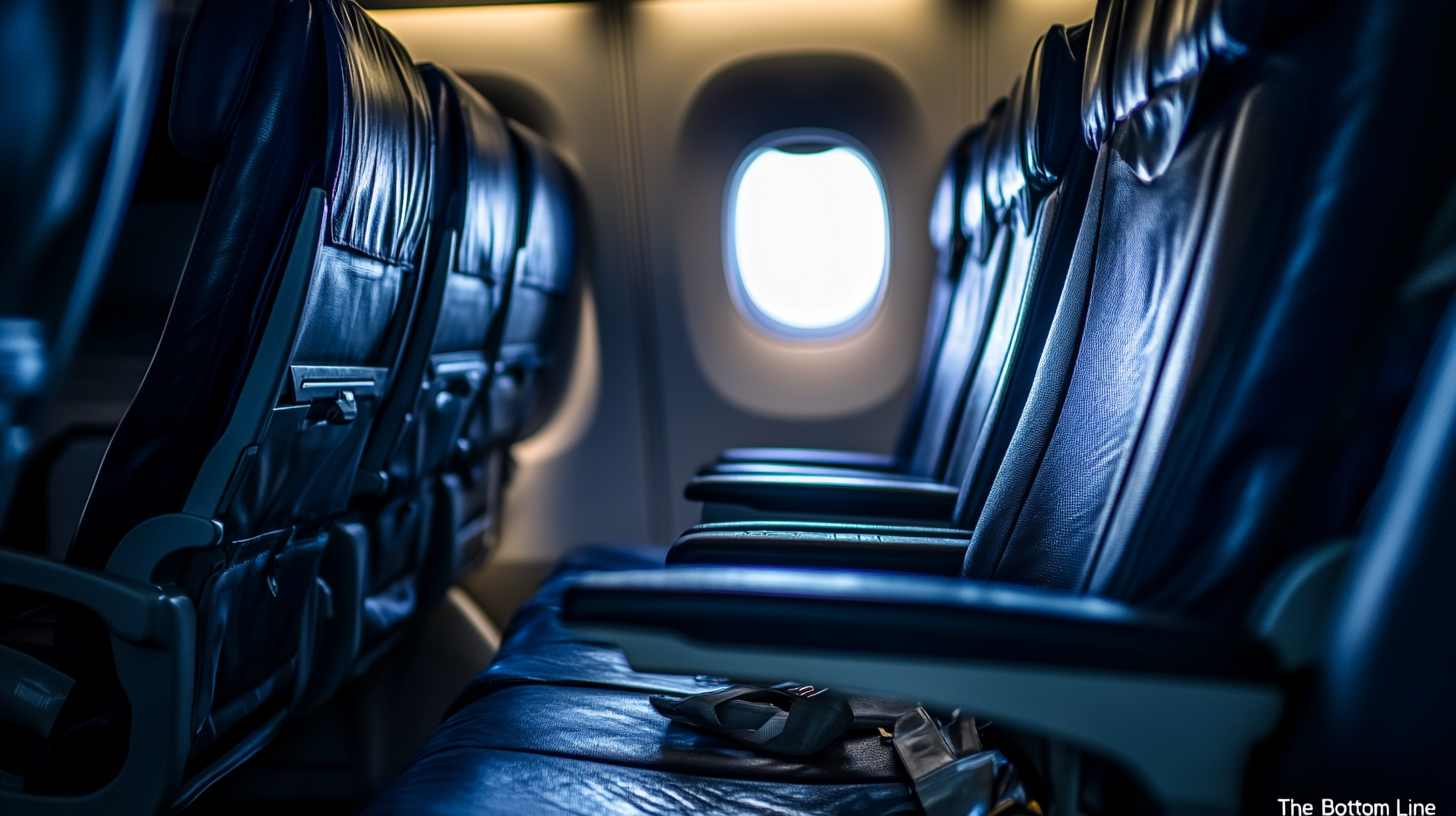
Every seat has trade-offs, and the “worst” spot depends on personal needs, whether it’s legroom, noise level, or access to the aisle. Seat map tools like SeatGuru let passengers evaluate each seat’s pros and cons before booking. Front rows ease deplaning, wing seats reduce turbulence, and exit rows reward tall flyers with extra inches at the cost of added responsibility. Ultimately, the best seat is the one that keeps a traveler’s priorities in mind—and the worst is the one that fails to meet those needs.
I always suggest researching seat configurations for the specific aircraft you’ll be riding on. It’s amazing how drastically designs can vary, even within the same airline’s fleet. According to a 2025 cabin layout overview by Airways Data Report, some narrow-body planes have less recline in the last row than others, while certain wide-bodies offer surprisingly roomy aisle seats. A little pre-flight investigation can go a long way.
Finding the perfect seat often involves balancing personal preferences with actual flight logistics, like scheduled rest times or meal service. I’ve found it helpful to check the flight’s duration, time of day, and whether it’s typically full or half-empty to refine my seat choice. That extra 10-minute investment can make hours of difference in your comfort level.
Final Thoughts

Having a game plan for seat selection is more than just a comfort perk—it can really set the tone for your entire trip. If you know you’re prone to feeling cramped, aim for seats with extra legroom or an aisle so you can move around. If you love the window view, be mindful of how you’ll handle limited mobility.
In my experience, airline seat assignments have only grown more complex with new fees and various class tiers introduced each year. Yet the reward is worth the research: a well-chosen seat can mean fewer aches, better rest, and an overall smoother experience from takeoff to touchdown. Each passenger’s priorities differ, so the “best seat” really does depend on your personal habits, schedule, and tolerance for noise or crowds.
While you can’t predict every aspect of the flight, a little strategy in choosing your seat will give you a head start. Whether you prefer a front-row exit seat or a cozy window in a quieter section, it’s all about identifying what you value most and making sure your seat selection matches up. When you find that sweet spot, the journey can feel like an upgrade you didn’t have to pay extra for.
Barry B.’s Take
Seat selection can be an art form, and I’ve enjoyed experimenting with different approaches to find the best mix of comfort, convenience, and cost. Sometimes I’ll gamble on a back row if I hear the flight isn’t sold out, hoping for an entire row to myself. Other times, I’ll splurge on an exit row for the extra legroom, especially on those cross-continental marathons.
For me, flying is about making the most of the journey. The right seat can transform a stuffy cabin into a makeshift office, a reading nook, or even a personal “castle in the clouds.” The key is knowing what works for you, and not being afraid to get creative with your seat strategy.

